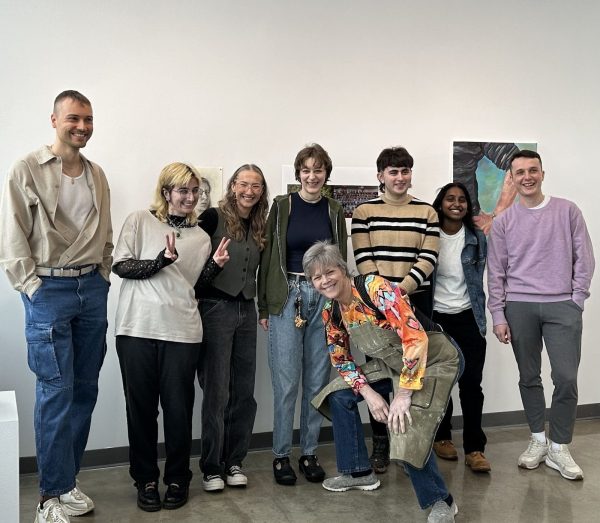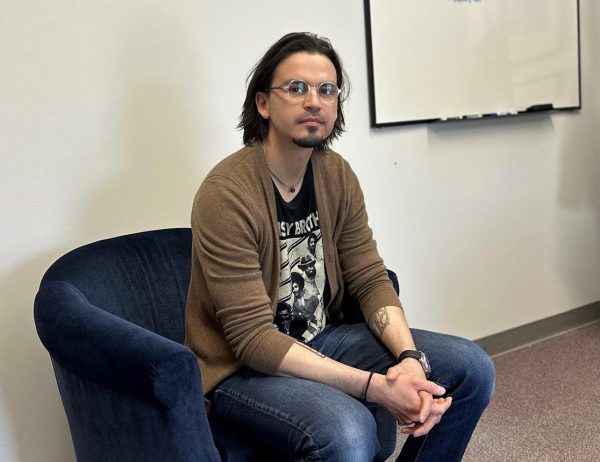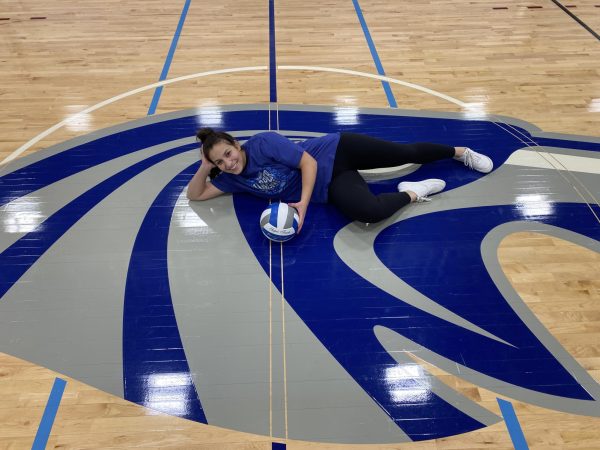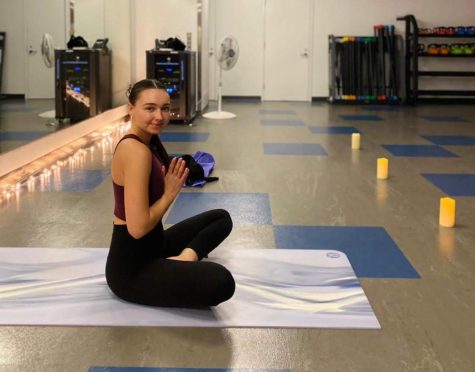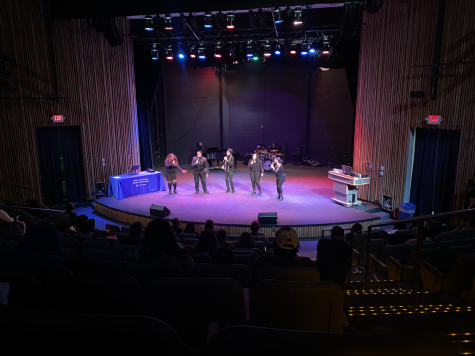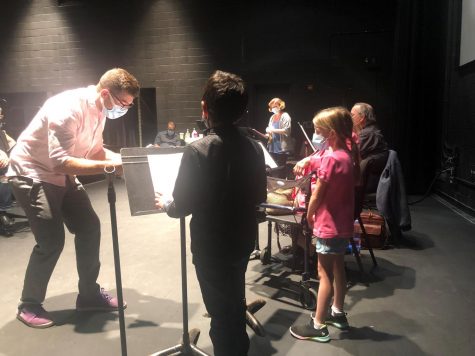Edgar Gabriel keeps musical improvisation alive
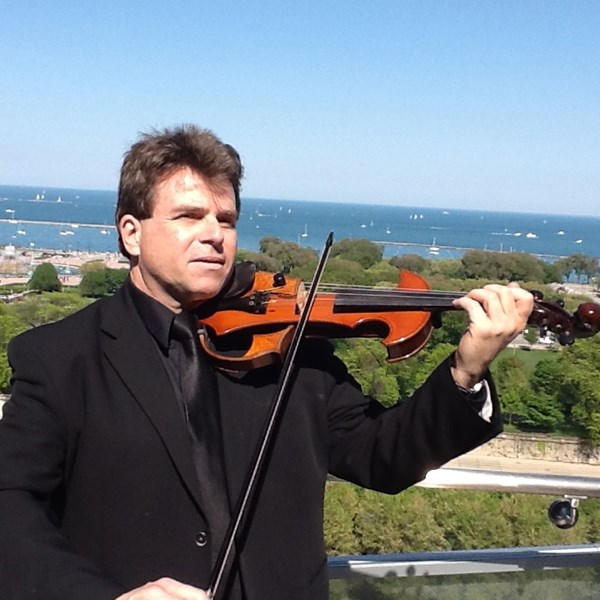
Music instructor and professional violinist Edgar Gabriel poses with his instrument. (Photo courtesy of Harper College)
Plenty of people know that creating music requires creativity, but where do you start? According to Edgar Gabriel, improvisation is the first step every well known artist takes to create beautiful music.
He would know: not only does he teach the aspiring musicians of Harper College, but Gabriel is also a professional violinist who is an advocate for the innovative use of improvisation.
While he teaches classical violin, Gabriel encourages his students to experiment with improvisational violin music as well. He believes that improvisation in classical and other genres of violin has been on the decline for quite some time.
The classical setting is one of the more serious music disciplines. For each instrument in an orchestra, the instrumentalist is expected not only to play in strict accordance with the sheet music, but also the other instruments in their section. Gabriel describes this as an atmosphere of “perfection,” where someone who may not be in line with the others is seen as the one in the wrong.
“In classical music, people are afraid that they’re going to make a mistake, play a wrong note,” Gabriel says.
Gabriel states this fear of imperfection dissuades classical students from going off the beaten path to create something new.
As a child, he only listened to classical music. When he gained enough experience and technique on the instrument, he began to make up his own melodies and tunes that sounded like classical music, much to the frustration of his teachers, who would rather rein him in than watch him make what they might consider mistakes.
“The problem is, that there is no outlet for this skill or talent,” he said. “I didn’t know I wasn’t supposed to do that.”
Beethoven and Bach were influences of a great number of musicians. They were to Gabriel as well, but they’re not his only influences.
Artists like fiddler Mark O’Connor and jazz violinist Joe Venuti were great influences on his journey. Their respective genres both involve constant riffing and improvised chord progressions while playing. A great hero of his was Jean-Luc Ponty, who is a French violinist and jazz composer that Gabriel had been friends with. He also had the privilege of performing with Frank Zappa before his death.
Never satisfied with sticking to one genre, Gabriel has played classical with the Illinois Philharmonic Orchestra, rock with Steppenwolf and jazz with a variety of bands. With this versatility, he also had the opportunity to play in Cirque Dis Soleil’s show “Mystere and Dralion,” and has worked with many more well known artists that span across almost every genre a violin touches.
Gabriel’s most recent jazz gig was with the Chicago Big Band at the Floating on a Melody Ballroom. He was the guest violinist and had a mixture of sight-read parts and improvised parts.
The audience was always at its most enthusiastic whenever Gabriel was improvising. For a jazz rendition of “La Bomba,” Gabriel played the song as it was intended, as a Latin sounding tune, but added his own dash of jazz to it that helped highlight and complement the brass instruments.
“I come here about twice a month,” an excited patron said. “I’ve never seen this violinist play before! He’s good!”
The venue was seemingly at Gabriel’s whim. With every shift in melody, his expression on the instrument gave way to the emotions of the ballroom dancers. With his experience as an improviser, he gave the audience a show they will never forget or hear again.
Gabriel’s passion with improvisation is shown in his performance, but it also led him to create String Groove, a website and app that is designed to teach students improvise forms from scratch. It starts by letting the student sight read music with a backing track, setting the tone and style of the song. It then lets the student decide where to rearrange the notes they just played, turning it into an entirely unique new song.
Students rarely receive lessons in improv, but the set of lessons String Groove provides are designed to give students a taste of how rewarding it can be when done correctly.
“All music is improvised,” Gabriel said. “I’m trying to create music no one’s heard before, and improv comes up with new ideas.”

